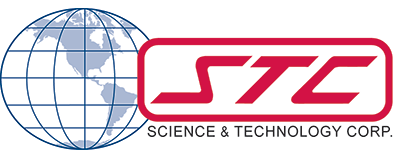Science and Technology Corporation (STC) provides Test and Evaluation (T&E) services for the entire system life cycle, from establishing acceptance criteria and test planning, through data collection and reduction, as well as through data analysis and results documentation. We support our front line warfighter with T&E and Range Support Service that expedite deployment of weapons, ammunition, combat and tactical vehicles, and communication systems.
Our in-depth understanding and technical capabilities span the following domains:
- End-to-End (System) Testing
- Test Plans & Protocol Development
- Field Data Acquisition, Analysis, and Reporting
- Tool Development
- Ballistic Performance Of Munitions and Armor Protection
- Human Factors Engineering
- Vehicle And Vessel T&E
- Field, Range, Laboratory, and Chamber Operations
- Feasibility Studies for Applications of DNA Technologies.
- Chemical and Biological Detection Systems
- Chemical and Biological Individual and Collective Protection
- Nuclear / Biological / Chemical (NBC) Contamination /Decontamination Survivability
- Lasers, LIDARS, Optics, and Imaging Systems
- Meteorological Systems
- Materials Science Experiments
- Smokes and Obscurants
- Design and Fabrication of Instrumentation, Data Collection, Detection, and Monitoring Systems
Examples of our DoD Range & Test work:
- STC supports all aspects of developmental and operational testing and evaluation from weapons and ammunition testing, vehicle performance, data collection and reduction at Aberdeen Test Center, Maryland and the West Desert Test Center of Dugway Proving Ground, Utah.
- STC is providing integrated technical support services for test and evaluation of major and non-major designated acquisition programs. This support is being provided to the U.S. Army Evaluation Center for U.S. Army acquisition programs throughout their evaluation phase.
- At SPAWARSYSCEN, San Diego, STC is supporting the Navy's program of electro-optical propagation assessment in coastal environments. Within a cloud/subcloud model an array is being developed for four different regions of stratus cloud.
- STC has supported the conduct of dust, smoke, and chemical field experiments using tracers, biological or chemical agent simulants, military smokes/obscurants, and dust at test ranges in the United States.

